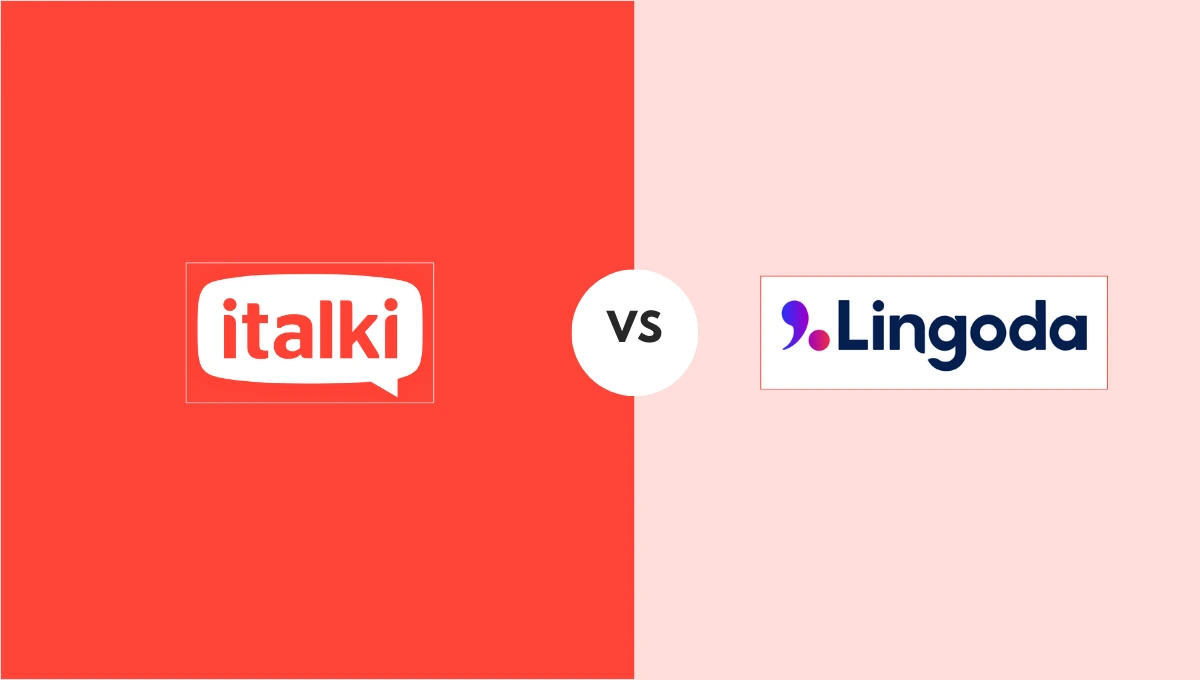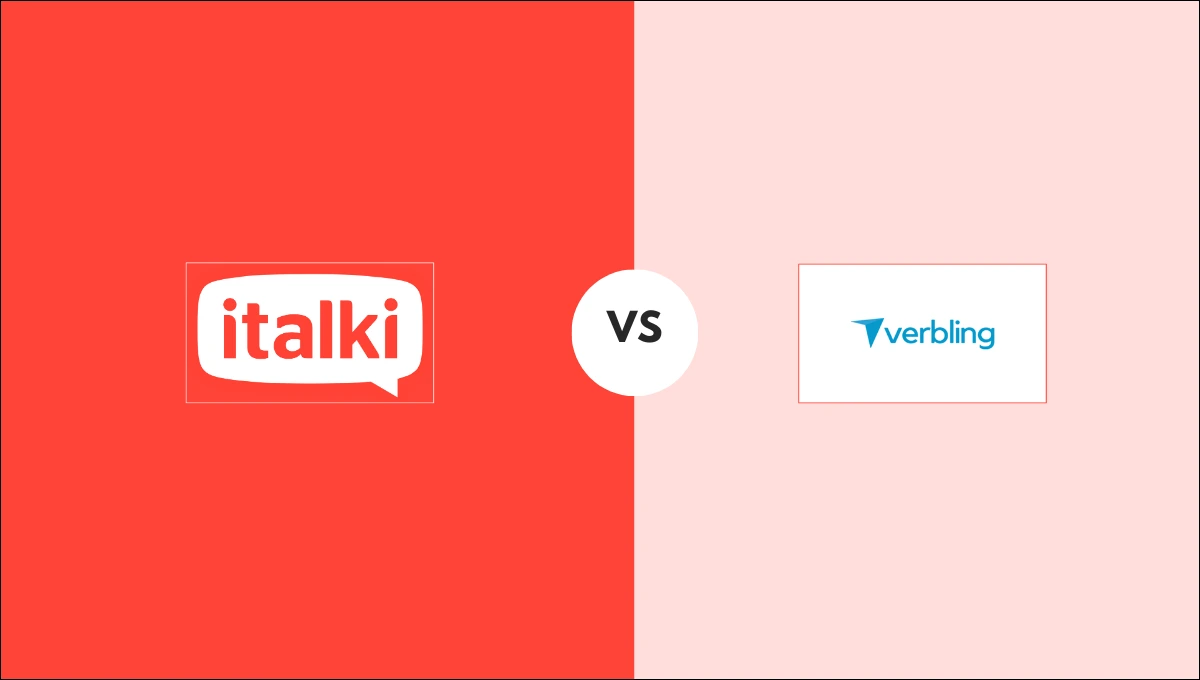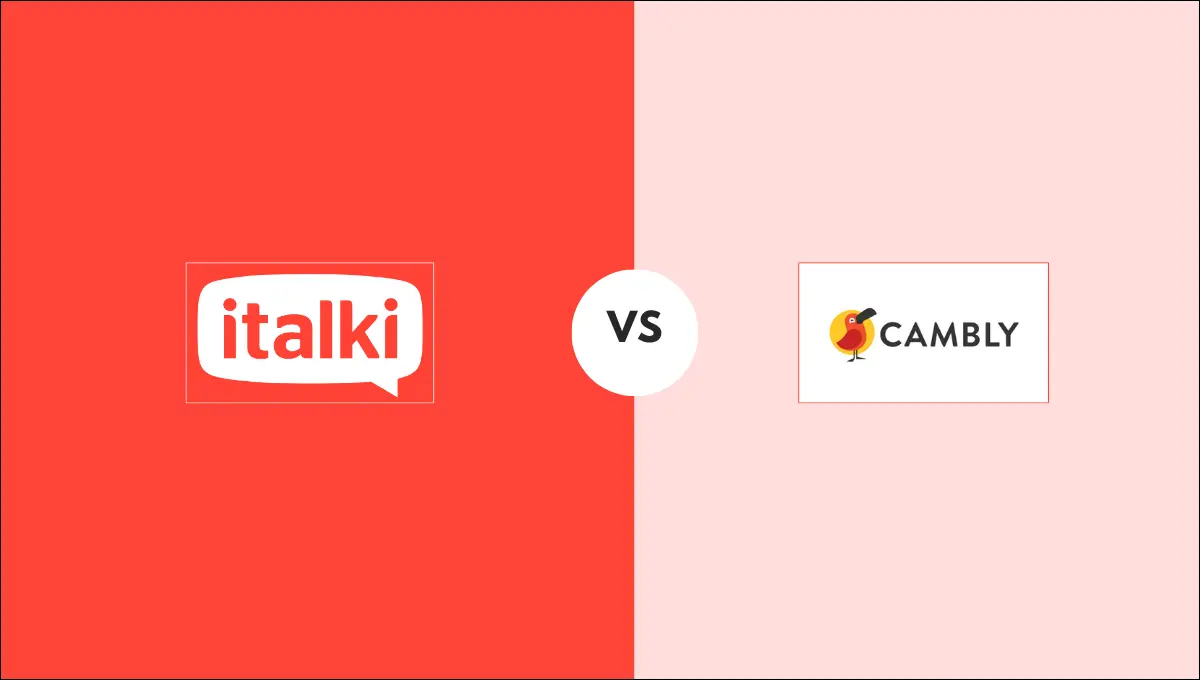‘How are you’ is such a phrase that is widely used in daily conversations. Learning to say ‘how are you’ in Spanish will help you initiate Spanish conversations with native speakers. In fact, there are several ways to say ‘how are you’ in Spanish that make the conversations even more exciting.
From basic greetings to interesting formal phrases, there are several ways to say ‘how are you’ in Spanish. In this guide, we will explore 8 different ways to say ‘how are you’ in Spanish. Stick to this guide till the end as you are going to gain the confidence required to speak Spanish in public. We will even provide you some of the most appropriate phrases to respond to.
¿Cómo Estás?
It is the most basic greeting. A slight variation on this greeting is ¿Cómo estás tú? This means exactly the same thing, but includes the optional pronoun tú (you).
Depending on how many people you are speaking to and whether you are in a formal or informal setting, you should conjugate a verb differently in Spanish. Estar is the crucial verb in this situation (to be).
Consequently, you might need to slightly alter your conjugation depending on who you are speaking to. We will put the proper pronoun in parentheses for each of the examples below. These pronouns, like tú in the preceding example, are optional and have no bearing on the sentence’s meaning.
¿Cómo está (usted)?
In a formal context, the pronoun usted refers to a singular “you.” When addressing a stranger, someone who is decades older than you, or a person in a position of authority, use this greeting. When addressing your boss, your professor, the queen of Spain, and other people, for instance, you might say ¿Cómo está?
¿Cómo están (ustedes)?
Ustedes is a plural form of “you.” Use it when extending a greeting to two or more people at once.
Ustedes can be used in both formal and informal contexts throughout Latin America. It is only employed in formal contexts in Spain (like usted). Using this phrase, you can easily hold Basic Spanish conversations without any fear of sounding awkward.
¿Cómo estáis (vosotros)?
Use vosotros when conversing with a group of people in a casual setting, such as when you are speaking to a group of friends if you happen to be speaking Spanish in Spain.
There are many ways to respond to the greeting “How are you?”
In Spanish, a safe response is Bien, gracias. ¿Y tú? (Fine, thanks. And you?) This is a polite and simple way to keep the conversation going. If you are in a formal situation or talking to more than one person, you will use tú for usted, ustedes, or vosotros where appropriate.
Why you should go beyond basics when it comes to ‘how are you’?
You can change your tone to fit more formal or informal situations by becoming familiar with alternative greetings. You wouldn’t greet a client the same way you would your best friend, wouldn’t you? In Spanish, different greetings sound more natural in various settings.
You can sound more native by changing up your speech patterns. When you talk in English, you don’t constantly repeat the phrase “How are you?” You probably change it up with phrases like “How’s it going?” or “What’s going on?”
It can be very entertaining to learn slang for everyday words and phrases. Language learning platforms such as italki can be very helpful if you have ever been unsure about any formal or slang term. Additionally, you can study Spanish with italki using some of the most relatable and fascinating learning methods.
Here, the highly professional Spanish tutors online use interesting instructional practices in one-on-one lessons. Naturally, native speakers will use different words and phrases when they speak to you, so it’s a good idea to broaden your vocabulary with italki. Enroll yourself online and enjoy the learning!

Find Your Perfect Teacher
At italki, you can find your Spanish tutor from all qualified and experienced teachers. Now experience the excellent language learning journey!
Book a trial lesson
Eight different ways to say ‘how are you’ in Spanish
¿Cómo andas (tú)?
The verb andar means “to walk” or “to go,” so this greeting is similar to the English “How’s it going?” It is slightly more casual and slangy than the basic ¿Cómo estás?
Andar is a regular -ar verb, so its other conjugations are:
- ¿Cómo anda (usted)?
- ¿Cómo andan (ustedes)?
- ¿Cómo andáis (vosotros)?
You can respond to this in the same way you would respond to ¿Cómo estás? An answer like Bien (good), Bastante bien (pretty good) or Muy bien (very good) is appropriate.
¿Qué me cuentas?
This salutation is slang. What do you tell me? is what it literally means. Consider it to be the Spanish equivalent of the English question, “What’s happening?”
Since this greeting is so informal, it might be awkward to use the usted form, but just in case, here are all the conjugations:
- For usted: ¿Qué me cuenta?
- For ustedes: ¿Qué me cuentan?
- For vosotros: ¿Qué me contáis?
If someone asks you ¿Qué me cuentas? you might respond with something like:
- Nada. (Nothing.)
- Nada en especial. (Nothing special.)
- Lo normal. (The usual.)
- No mucho. (Not much.)
¿Cómo te va?
This salutation roughly translates to “How’s it going?” It is appropriate for both formal and informal settings. In this instance, changing the indirect object pronoun from te to le, les, or os will change the greeting.
- For usted: ¿Cómo le va?
- For ustedes: ¿Cómo les va?
- For vosotros: ¿Cómo os va?
When responding to this, you can re-use the verb va (it goes), from the infinitive ir (to go).
- Me va bien. (It’s going well.)
- Me va mal. (It’s going badly.)
¿Cómo va todo?
It means “How’s everything going?” in English. Fortunately, there are no conjugated verbs or indirect objects in this sentence, so you can use the same greeting regardless of the context.
You can respond with Va todo, substituting the appropriate adjective for your state of mind.
¿Cómo van las cosas?
It means ‘how are you’ in English. Since the verb van (they go) refers to the noun las cosas, there is no need for conjugation in this instance (the things).
If somebody asks you this, you can respond with a simple Bien (good) or Mal (bad), or you can make a full sentence such as:
Las cosas van bien. (Things are going well.)
¿Qué tal?
This is an informal greeting to be used among friends in a casual setting. It is similar to the English “What’s up?”
However, unlike the English “What’s up?” you should not respond to ¿Qué tal? With “Nothing much” or any variant. Instead, respond with an adjective—bien, mal, regular, genial, terrible, etc.—like you would respond to ¿Cómo estás?
¿Qué hay?
Only use this extremely informal greeting, which is a literal translation of “What’s there?” in casual, friendly settings. You can think of it as a condensed version of ¿Qué hay de nuevo? (What’s new?). Once again, conjugations are not an issue.
¿Qué pasa?
You may already be familiar with this Spanish greeting because it has been embraced into English slang. It’s yet another extremely informal way to say “What’s up?” or “What’s happening?”
Any variation of Nada or Lo normal would be considered a normal response. For some examples of appropriate responses, refer to the section on “Qué me cuentas?”
Frequently asked questions
Q. What is a common Spanish greeting?
A. The common verbal greeting is “Buenos dias” (Good day), “Buenas tardes” (Good afternoon) or “Buenas noches” (Good evening/night) depending on the time of day. People may also say “¿Como está?” (How are you). A more casual greeting is “Hola” (Hello).
Q. Is Hola hello or goodbye?
A. “Hola” is the most common way of saying “Hi”/“Hello” in Spanish. People use it in all contexts.
Q. What does Mucho Gusto mean?
A. Nice to meet you. / pleased to meet you. / It’s a pleasure to meet you.
Conclusion
Get out of your comfort zone the next time you have to greet someone in Spanish. In your native tongue, you wouldn’t just keep saying “How are you?” and there is no reason to do the same in Spanish.
You will become fluent in Spanish once you start experimenting with different and new phrases. Practice these phrases in your conversations. Experiment with various Spanish dialects and your varied vocabulary will be noticed by native speakers, which will make you sound much more natural.
Want to learn a language at italki?
Here are the best resources for you!




















